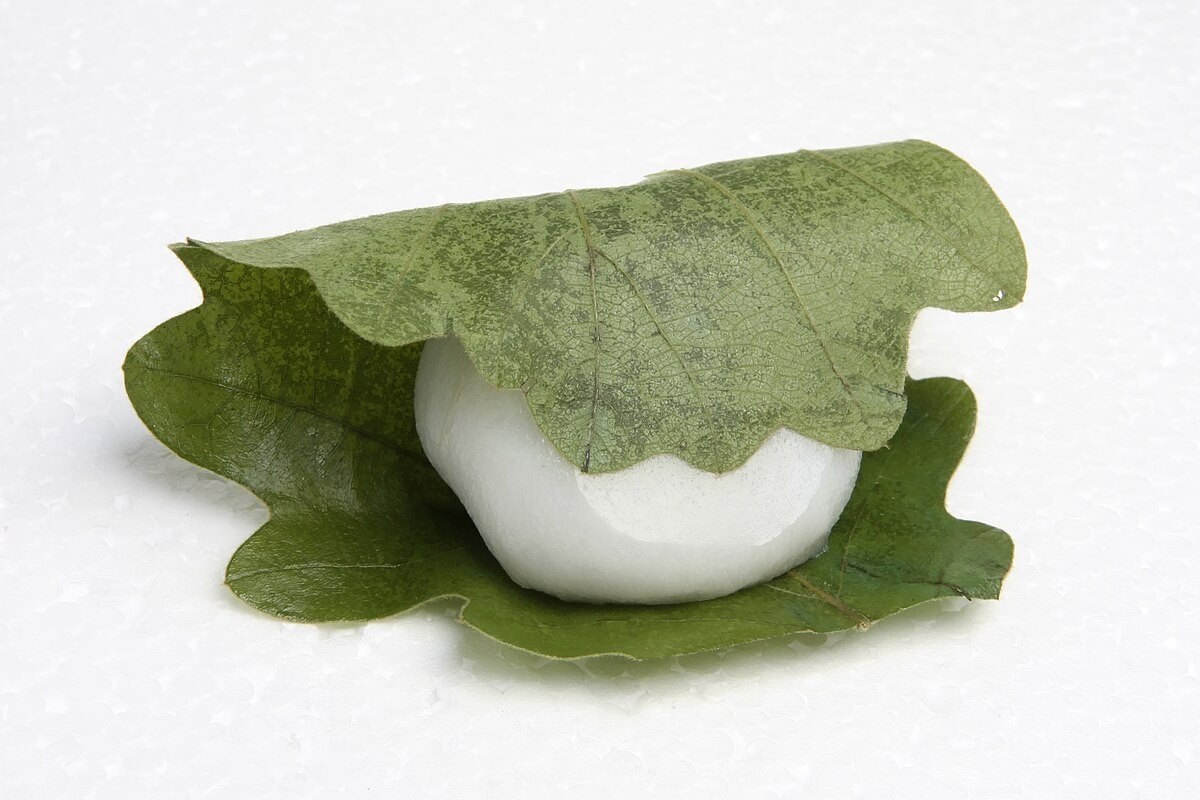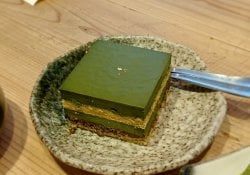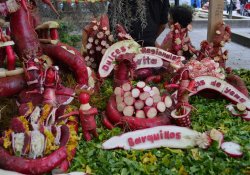Kashiwa Mochi Recipes and curiosities
On this page you will learn the recipe and some information about the Japanese dish Kashiwa Mochi Also known as Bǎi Bǐng.
Table of Content - About - Origin - Information - Ingredients - Preparation - Related
All about Bǎi Bǐng
Kashiwa mochi is a typical dish of Japanese cuisine that consists of a mochi rice cake filled with sweet bean paste and wrapped in a mochi oak leaf. This delicacies are traditionally consumed during the Kodomonohi holiday, or Children's Day, in Japan.
The process of preparing Kashiwa mochi is quite simple, but requires skill and precision. First, mochi rice is boiled and stacked until it reaches a soft and elastic consistency. Then it is molded into small balls and filled with sweet bean paste. Finally, it is carefully wrapped in a mochi oak sheet, which is edible.
In addition to its distinctive taste and unique texture, Kashiwa mochi also has an important cultural significance. The mochi oak leaf is considered a symbol of prosperity and longevity, and it is believed that by consuming the dish during Children's Day, children will grow strong and healthy.
In addition, Kashiwa mochi is also a way to pay tribute and thank the ancestors, as it is believed that the mochi oak leaf is a symbol of the protection of the family spirits.
Despite being most popular during Children's Day, Kashiwa mochi can be found throughout Japan throughout the year.In addition to bean paste, you can also find variations of the dish with other fillings, such as chocolate, fruits and even ice cream.
In short, Kashiwa mochi is a traditional and important dish of Japanese cuisine, which in addition to its delicious taste, has a cultural and symbolic meaning for the Japanese people

Origin and history of Kashiwa Mochi
Kashiwa mochi is a traditional Japanese dish consisting of a mochi ball (rice paste) filled with sweet bean paste and wrapped in a Japanese oak leaf called kashiwa.
The origin of the dish dates back to the Heian period (794-1185), when it is believed that people offered mochi with bean filling to the gods in thanks for the good harvest of rice.
Over time, kashiwa mochi has become a popular dessert not only during the Tanabata festival, but also on other special occasions, such as Children's Day and New Year.
About the recipe
- Name of the plate: Kashiwa Mochi
- Name of the dish in English: Kashiwa mochi
- Name of the plate in Japanese: 柏餅
- Name of the Romanian dish: Bǎi Bǐng
Information about preparation
- Time to prepare: 15 minutes
- Time of Cooking: 15 minutes
- Difficulty: SIMPLE
- It suits: 1 people
- Occasions:
Ingredients – Ingredients
Check out the necessary and optional ingredients Kashiwa MochiIt makes sense to improvise
- 200g of sweet azuki beans
- 200g of non-glutenous rice flour Joshinko
- 280 ml of water
- 8 leaves of oak
- 300g of refined sugar
- 1 tablespoon of Mirin
- 1 tablespoon of garlic oil
- 1 cup of vanilla extract
Watch a video of the recipe:
Recipes - How to Prepare
Now that you know the ingredients to make the recipe Kashiwa Mochi. Follow the instructions below in the preparation mode or step by step.
Preparation mode:
Preparation of azuki beans:
- Separate 200g of azuki bean paste and divide into 8 small balls.
Preparation of mochi:
- In a bowl, mix the rice flour well and water it with water. Cover the bowl and heat it in the microwave for 4 minutes at maximum power.
- Remove the bowl from the microwave and mix again. Return to the microwave for another 3 minutes.
Forming of the mochi mass:
- Remove the bowl from the microwave and love the pasta until it is soft and smooth. Divide into 8 flat pieces of equal size, similar to the consistency of bread pasta.
Installation of Kashiwa Mochi:
- Put an azuki bean ball in the center of each piece of pasta and double, sealing the edges well.
- Wrap each mochi with a oak leaf to decorate and serve. Remember that the leaf is only for decoration and should not be consumed.
Tips:
- - The consistency of rice flour and water should be more liquid than solid before going to the microwave. If necessary, add more water while grinding the pasta.
- For a fun touch, add a few drops of food dye to the flour to get a pink color similar to that of the cherry blossoms.



